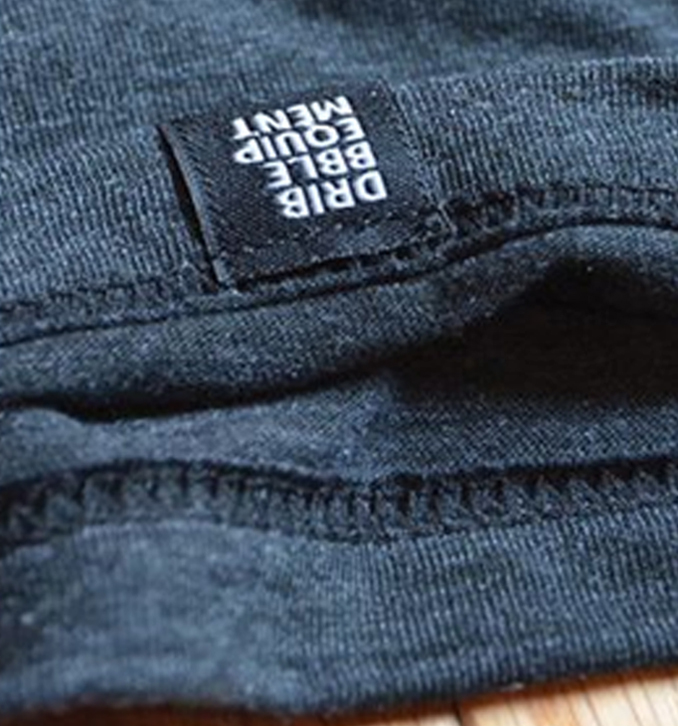Article 1

Stock Smart : How to Choose the Right Inventory for Your Boutique
Introduction
Choosing the right inventory is one of the most important decisions you’ll make as a boutique owner. Your stock defines your brand, attracts customers, and plays a major role in your profits. But how do you know which items to choose and when to let go of old stock? In this article, we’ll break down key strategies to help you curate a winning inventory that balances timeless staples with trendy pieces, ensuring you have exactly what your customers want.
1. Understand Your Customer
Before you even start choosing your products, you need to know who you’re selling to.
• Conduct Surveys and Research: Ask your customers directly through social media, emails, or in-store interactions. What are they looking for?• Analyze Sales Data: Take a look at your best-sellers. Are there patterns in what your customers are buying, and when?
• Know Your Market: Understand the demographic you’re catering to—what age group, lifestyle, and price point are you targeting?
Key Tip:
Knowing your customer will help you make smarter buying decisions, saving you time and money on stock that doesn’t align with their needs.
2. Balance Timeless Staples with Trendy Pieces
The key to a successful boutique inventory is offering a mix of classic items and on-trend pieces that change seasonally.
• Timeless Staples: These are your investment pieces—clothing that stays relevant year after year (e.g., basic t-shirts, jeans, black dresses). They are always in demand and are the foundation of your boutique.• Trendy Pieces: While you’ll always need staples, incorporating trendy pieces will keep your boutique fresh and exciting. These are the items that create buzz and appeal to fashion-forward customers.
• Don’t Overcommit to Trends: Trends change quickly, so only buy a limited amount to test them out. Keep an eye on how your customers respond to these items and don’t be afraid to discontinue them if they aren’t selling.
Key Tip:
A good rule of thumb is 60% timeless, 40% trendy. Adjust the ratio depending on your boutique’s style and customer preferences.
3. Avoid Overstocking
One common mistake boutique owners make is overstocking. Buying too much of a product can lead to excess inventory that never moves.
• Start Small: When introducing a new item or trend, buy in smaller quantities first. You can always reorder once you see which pieces are selling well.• Seasonal Adjustments: Keep track of how your inventory performs each season. You’ll have a better understanding of which products to stock up on, and which ones to avoid next year.
• Use Inventory Management Software: A good system will help you track inventory levels, sales, and customer preferences, ensuring you don’t over-purchase.
Key Tip:
It’s better to run out of stock and have a demand for more than to be stuck with unsold items. Limited-edition releases can also create excitement.
4. Keep Your Inventory Fresh with Regular Rotation
Regularly rotating your stock will keep your store looking fresh and encourage repeat visits from customers.
• Seasonal Rotation: As the seasons change, rotate out older inventory and bring in new products.• Clearance Sales: Clear out items that aren’t selling, making room for newer items.
• Special Promotions: Run promotions to push through slower-moving stock. Offer discounts, bundle deals, or free shipping to move older inventory.
Key Tip:
Make sure your store’s displays reflect the season and highlight new arrivals, making it easy for customers to see what’s fresh and exciting.
5. Work with Reliable Suppliers
Your suppliers play a key role in the quality and variety of your inventory.
• Establish Strong Relationships: Build trust with your suppliers, negotiate good terms, and communicate your needs clearly.• Diversify Suppliers: Don’t put all your eggs in one basket. Working with a range of suppliers can help you avoid over-reliance on a single source, and also allows you to curate a more diverse selection of products.
• Test Products Before Committing: Before placing a large order, ask for samples or start with a smaller batch to test out products in your boutique.
Key Tip:
Stay in communication with your suppliers and monitor industry trends so you can stay ahead of the game when it comes to new products.
Choosing the right inventory for your boutique is both an art and a science. It’s about understanding your customer, balancing timeless essentials with trendy pieces, and keeping your stock fresh. By avoiding overstocking, regularly rotating your inventory, and working with reliable suppliers, you’ll create a boutique that attracts loyal customers and keeps your sales numbers high. Remember, smart inventory choices are a crucial part of your boutique’s succes

